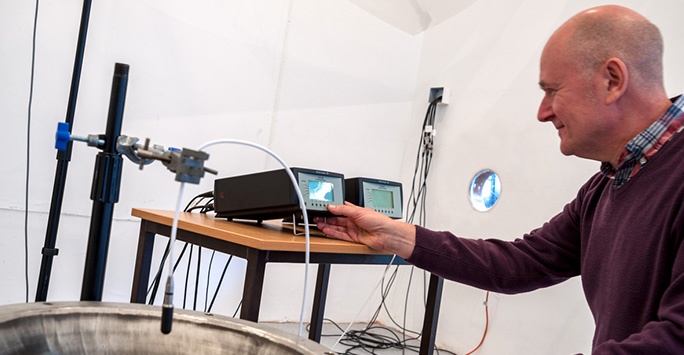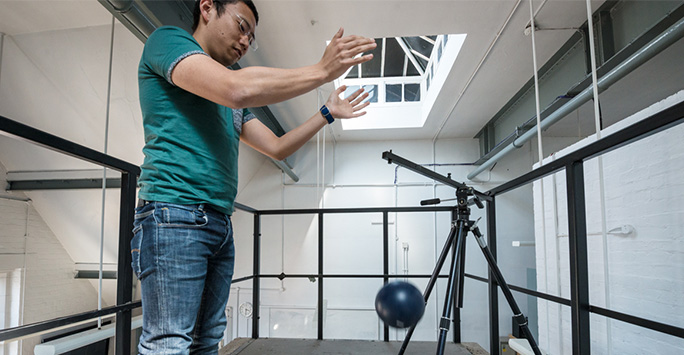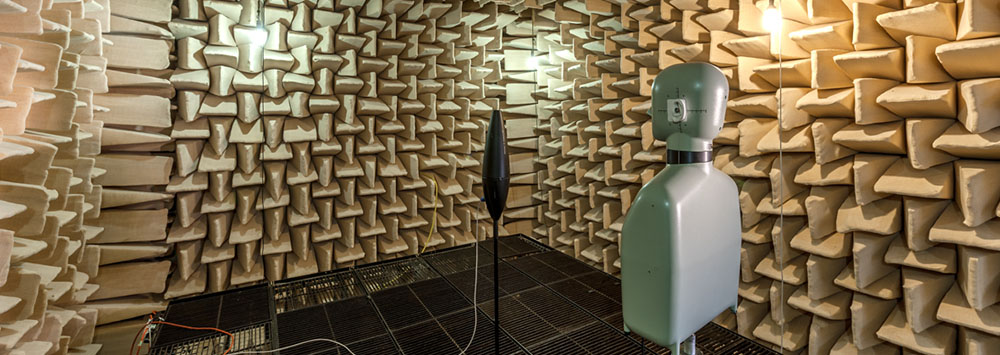We are adept at applying our extensive knowledge and experience to solving vibroacoustic problems and addressing unique challenges, particularly those involving collaborative research and non-standard, innovative work with industry.
Our research has applications across a range of sectors including manufacturing, automotive, marine, aeronautical, construction, environment, and energy. We have worked with clients as diverse as Museum of Liverpool, Baxi Group and Boeing Commercial Airplanes (USA) to find novel ways to address their highly specific and individual acoustic issues.
We have dedicated laboratories that feature a full range of instrumentation for measuring sound, vibration and material properties, supported by the latest software simulation tools. This allows us to take a project from development of a mathematical model to experimental validation.

Why use the ARU?
- Innovative: we carry out internationally significant research that breaks new ground in acoustics, and are skilled at applying that expertise to industrial challenges
- Well-equipped: our dedicated laboratory complex features the latest instrumentation and software to test sound sources ranging from large, high-intensity sonic cleaning devices to the human whisper
- Proven impact: our research has been instrumental in developing European and International standards on sound and vibration.

Our facilities
Anechoic chambers (internal dimensions 5m x 4m x 2.5m)
Two flexible chambers designed to measure sound in a controlled environment with low noise in a free-field. The larger chamber features a removable floor to test in a hemi-anechoic or anechoic environment.
Reverberant chambers (internal dimensions 5.8m x 4.9m x 4.3m)
Used for a range of non-standard measurements requiring a reverberant sound field.
Reception plates
Used to quantify structure-borne sound power from machinery.
Impedance tube
For measuring sound absorption and impedance of small samples of material.
Audiometric booth (internal dimensions 2.7m x 2.1m x 2.1m)
A low-noise, low-vibration environment for subjective testing and evaluation.
The ARU carried out detailed measurements and analysis before and during the concert. This was a successful outcome and we could not have gone ahead with the event withoutthe skill, expertise and judgement of the Acoustics Research Unit.
Paul Gallagher, Acting Senior Curator of Urban History, Museum of Liverpool
Back to: Collaborate with us
